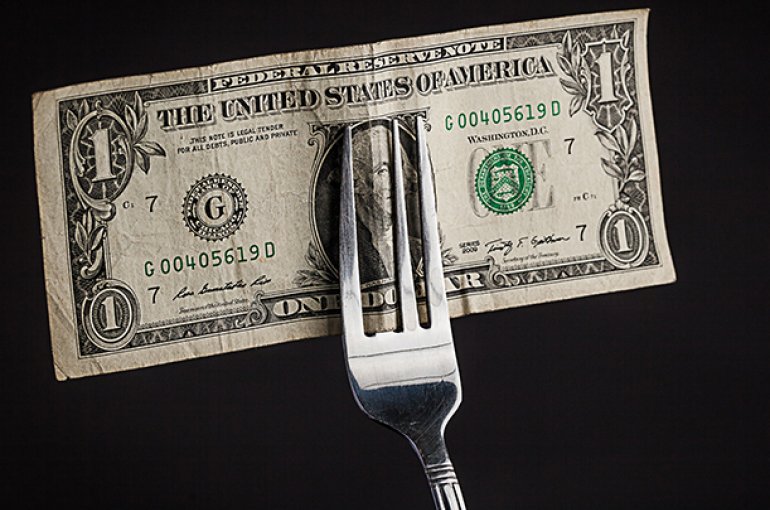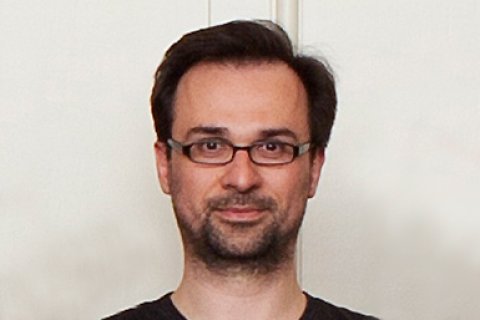A promising alternative to measure and compare poverty
Global poverty: beyond the dollar-a-day method

Michail Moatsos MSc (Economic and Social History) states that the method applied by the World Bank to measure poverty worldwide is erroneous. The PhD Candidate will present a promising alternative at the Economic History Society Annual Conference on 31 March 2017 in London.
Dollar-a-day Method
What if a meter had 144 cm in 1987, and 198 cm in 2008? In 2017 this rightfully appears unthinkable. However, the dollar-a-day methodology for tracking global poverty very closely resembles such a conundrum in measurement standards. This inconsistency survived the recommendations of the Commission on Global Poverty of the World Bank due to technicalities (October 2016). Despite this being an inadequate method, it is nonetheless the instrument that officially monitors the UN led first Sustainable Development Goal of “no poverty”. For the first time Michail Moatsos has applied globally a promising alternative that avoids the widely applied, but erroneous, assumptions of the fixed 1.9$/day dollar-a-day method.
Dollar-a-day: convenience at a high price
Previous research by Moatsos (2015, 2017) has shown that if one actually calculates the local price for welfare equivalent consumption baskets, their real value varies widely between countries and years. For example, such a consumption basket for China between 1983 and 2014 varies from one to about two “international” dollars a day depending on the year (measured at 2011 purchasing power parity exchange rates). The real value gap between different countries is similarly volatile.
The fallacy first arises from the fact that two key components used in the dollar-a-day methodology, are not constructed to follow the consumption habits of those that actually live in poverty; on the contrary they are by construction plutocratic. A built-in side-effect is that the level of uncertainty in the World Bank global poverty rates is far from satisfactory. Despite the habit of the World Bank to -rather unscientifically- ignore the error in its poverty estimates, one is actually able to calculate a considerable part of the uncertainty. For 2012 the confidence interval stands as -unacceptably- wide as 9% to 21%.
The welfare consistent alternative
Fortunately alternatives have been proposed by a number of scholars, most prominently by Sanjay Reddy (NSSR), Thomas Pogge (Yale), and more recently by Bob Allen (Oxford). Moatsos operationalized their suggestions, thus the welfare content of the poverty lines is held constant. The uncertainty in these measurements is explicitly considered in the calculations, and its variance is considerably lower than the one that the dollar-a-day delivers.
Poverty developments in the long run
Expanding the investigation of such a method beyond contemporary times and beyond developing countries sheds light on a number of important questions for past and present. For instance, when did the United States free itself from extreme poverty, and is it returning?
Intriguingly we can pin point the current poverty profile of many developing countries with the one that developed countries had in the -not so distant- past. Thus we can economically compare countries beyond the rather crude GDP per capita indicator. For some, a comparison in terms of how the less fortunate coped tells a richer story.

Michail Moatsos
Michail Moatsos MSc is a PhD Candidate at the department of History and Art History, faculty of Humanities, Utrecht University. He is working on the research project Global Poverty and Income Inequality in the long run, supervised by Prof Jan Luiten van Zanden. His presentation at the Economic History Society Annual Conference, Royal Holloway, University of London is titled Tracing global poverty paths, 1925-2010.
Literature
Moatsos, M. (2015). Global Absolute Poverty: Behind the Veil of Dollars. CGEH Working Paper Series, (77).
Moatsos, M. (2017). Global Absolute Poverty: Behind the Veil of Dollars. The Journal of Globalization and Development, (forthcoming).

